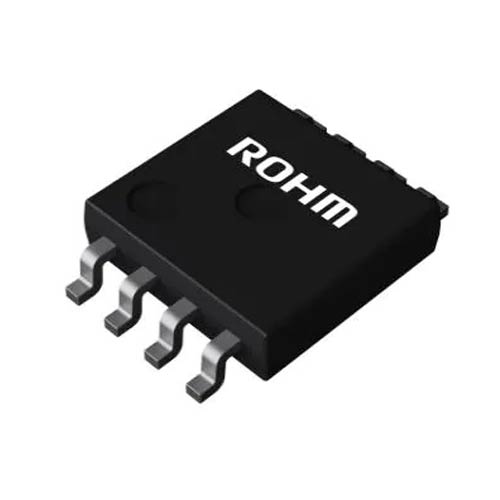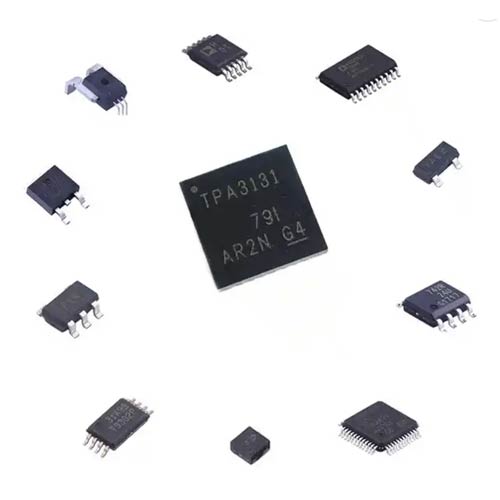FAQ
We supply most brands of semiconductors, electronic components and parts including IC, Diode, Transistor, Module, Relay, Connector, Resistor, Capacitor, etc.
A rigorous quality inspection on every order will be processed before shipment and has a 30-day warranty. To make sure you receive exactly what you ordered, we also keep track records of all parts in your order. We warrant the form, fit, and function as per electronic components datasheet or manufacturers’ specifications.
For any quality problem, please contact your sales representative immediately with the test result details or test report; our quality department will look into the case and check carefully. If proven, we will proceed to refund or replace electronic components depending on your wishes. veniam, quis nostrud exercitation.
All prices are valid for 48 hours from quoted date. After this time, we will update you new price as the market price of electronic components may change day to day depending on supply and demand.
We prefer payment in advance via Bank Wire Transfer, Western Union, Wise and PayPal (only for a small amount.)
8 Bit will send out your electronic components order in 1-5 days through DHL, UPS or FedEx after receiving the payment, It normally takes 3-5 days to reach you.
Shipping fee is not fixed. It is based on the destination where the customer is located, dimensions and weight of the parcel. We will send you the shipping cost for review together with electronic components price.
Purchasing electronic components from overseas, you may need to pay additional local taxes, duties, GST, tariffs, and fees, depending on your country’s customs policies, we cannot be able to provide an estimate and quote of these amounts. So please contact your local customs station with any problems or questions.




